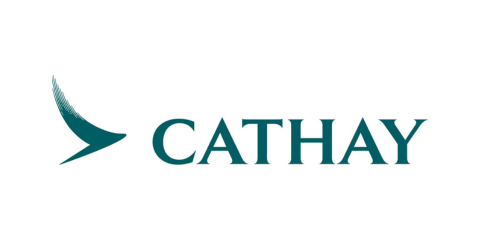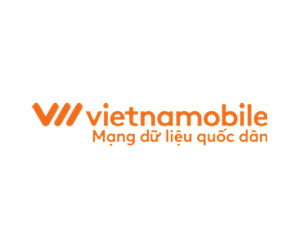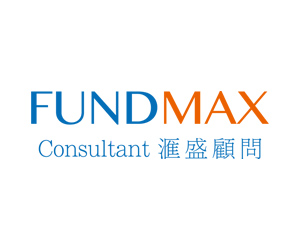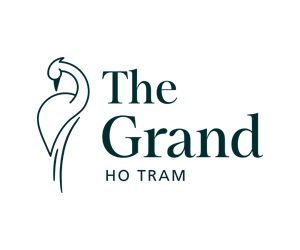Want to be in the loop?
subscribe to
our notification
Business News
RETAIL INDUSTRY: SHORT-TERM DIFFICULTY, LONG-TERM POTENTIAL
Retailing is one of the sectors most affected by both positive and negative aspects of the COVID-19 pandemic. In the second quarter of 2020, social distancing, imposed by the Vietnamese Government, resulted in a serial closure of retail chains. The number of retailers temporarily suspended from operations increased by 21% from a year ago. According to the report by the Ministry of Industry and Trade, for the first eight months of 2020, retail revenue of consumer goods and services marginally declined 0.02%, if the price factor was excluded, it would fall 4.5% while it jumped 9.5% in the same period in 2019.
Tougher time ahead
According to a survey on retailers by Vietnam Report, 41.7% of respondents were seriously affected by the COVID-19 pandemic, 50% felt moderately serious impacts and 8.3% saw little or insignificant impact. Specifically, weakening purchasing power and sales, changes in consumer behaviors, fund shortage and supply chain disruption are four biggest difficulties faced by retailers amid the COVID-19 pandemic outbreak (44.4% of retailers are short of fund for doing business when sales decline but they still have to pay daily expenses such as salary, rents and interest expenses).
Given many difficulties to be faced in 2020 due to the impact of COVID-19, consumers’ changing shopping habits and strong development of e-commerce, up to 54.5% of respondents anticipated a tougher outlook for the retail industry in the last months of 2020 than last year, 36.4% rated it a bit more difficult and only 9.1% forecast it a little better.
However, in the long term, for at least the next three years, this is always considered a potential industry as Vietnam has a market of nearly 100 million consumers, has higher incomes as a result of stable economic development, has an expanding middle class, and witnesses new buying and consuming trends, especially after the EVFTA Agreement took effect from August 1, 2020, which is expected to open up opportunities for EU businesses, goods and services to access the Vietnamese market more easily. The EVFTA has strengthened the appeal of Vietnamese retailing industry to large EU firms. The advent of EU retailers will lead to a fierce race to gain the market share. In addition, retailers will also face numerous challenges when they have to continuously adapt to rapid information technology evolution and many retailing models.
Changing shopping channels and big M&A deals
In the face of market developments, the retail industry has focused on key trends in the coming time, particularly omnichannel retailing, and closely integrated online sales and physical sales.
According to the survey on consumer behaviors by Vietnam Report, due to travelling restrictions and social distancing, consumers have switched shopping channels for both essential goods and non-essential goods. For necessities, before the pandemic, there were three main shopping channels for consumers: Traditional markets (73.5% chose), shopping malls, supermarkets (71.6%), and convenience stores (50.9%). When the epidemic broke out, consumers opted for the three following channels: Online stores (59.8%), convenience stores (54.9%), shopping centers and supermarkets (50.9%). The online sales of non-essential goods also suddenly surged, with 52.9% of respondents increasing their purchases via mobile apps (like shopee, tiki and chotot), 34.3% increasing orders on the smartphone/contact hotlines, and up to 76.24% significantly reducing their physical shopping.
Retailers in Vietnam have quickly grasped consumer behaviors, deeply tapped online channels and shopping apps, taken advantage of delivery channels and promoted omnichannel integration. Thanks to timely transformation, many retailers like Lottemart have increased their online sales by 100% to 200%, especially in Hanoi and HCM City. Accordingly, 66.7% of respondents said that the COVID-19 pandemic strongly forced the retail sector in Vietnam to make transformational changes and this is also a long-term impact of the pandemic on the retail industry.
In 2019, the Vietnamese retail market witnessed a record number of mergers and acquisitions (M&As), with capital flows led by domestic firms. Outstanding deals include Saigon Co-op’s takeover of 18 Auchan supermarkets and Vingroup’s handover of supermarket business at Vincommerce to Masan Group. This showed that domestic retailers became more mature and capable to compete with foreign rivals.
The EVFTA Agreement has posed a challenge to the domestic retail industry. According to the Ministry of Industry and Trade, more than 60% of retailers are small and medium in size, weak at governance and competitiveness. They need huge capital to grow up and many are willing to join with their peers to access investment capital, advanced management technology from EU countries. Foreign firms with financial advantages, business systems and market experience are easy to gain market share through M&A deals, but not all are successful in the Vietnamese market. For example, Auchan Retail Group withdrew from the Vietnamese market in 2019 due to insufficient understanding of consumer culture and access to supply sources and branch networks. M&As are helpful for both parties, with the foreign party quickly capturing the market share, retail supply chain and existing customers from domestic enterprises. This promises that M&As in the retail sector will continue to boom in the near future.
Notably, minimarts are on the modern retail development trend in Vietnam while the physical retail market is confronting competition from e-commerce and conventional shopping centers are also facing many difficulties. In a recent survey by Vietnam Report, 48% of respondents chose a well-positioned store or supermarket and minimarts meet this demand from buyers while they can optimize costs as the space area ranges from 50 square meters to 200 square meters and is managed by 2-3 employees. The number of minimarts increased sharply in the first six months of 2020, especially in second and third-tier locations. The potential for this segment is huge as modern retail channels account for about 25% of total retail sales and convenience stores hold less than 10% of the share.
To better support the retail industry to overcome difficulties and take advantage of opportunities in the coming time, industry experts and retailers in the survey conducted by Vietnam Report proposed four key solutions that need priority of the Government and related agencies: Adding support through credit packages, investment incentives and tax incentives (100%); completing the legal corridor and creating an environment of fair competition among businesses, especially online sales (66.7%), advising businesses, especially SMEs, on digital transformation (66.7%) and supporting linkage with suppliers (44.4%).
Source: VCCI
Related News

VIETNAM’S GDP TO GROW 5.5% THIS YEAR – WB
This forecast is based on the assumption of a moderate recovery in manufacturing exports in 2024, fueled by rebound growth of 8.5% year-on-year in the fourth quarter of 2023 and 17.2% year-on-year in the first quarter of 2024, reflecting strengthening global demand, said Dorsati Madani, senior country economist at the WB in Vietnam.

FARE REFUND FOR VISA REJECTION
Cathay Pacific will offer full refunds for cases of visa rejection to provide you with the confidence to explore the world with ease. If you are planning to fly to a destination that requires an entry visa, you can now book with greater peace of mind.

FOUR COMMODITIES POST Q1 EXPORT VALUE OF OVER 5 BILLION USD
The total export turnover of agricultural, forestry, and fisheries products in the first three months of 2024 is estimated to reach 13.53 billion USD, an increase of 21.8% compared to the same period of 2023.

MOIT PROPOSES SCHEME TO BOOST RENEWABLE ENERGY PROCUREMENT
The proposed Direct Power Purchase Agreement (DDPA) mechanism, outlined in the draft decree, targets organisations and individuals consuming electricity from the 22kV power grid or higher, with a monthly consumption averaging 500,000kWh. However, residential households are excluded from direct procurement.

REAL ESTATE BONDS PLACE PRESSURE ON ISSUING FIRMS
The ministry’s recent report underscores concerns within Vietnam’s corporate bond market for 2023 and 2024. It emphasizes the critical need to address hindrances to the real estate sector in line with the objectives provided in Government Resolution No. 33/NQ-CP, which aims to stabilize the industry.

DA NANG CUSTOMS FOCUSES ON DEVELOPING CUSTOMS-BUSINESS PARTNERSHIPS
Da Nang Customs Department issued an action plan for developing customs-business partnership in 2024. One of the new events this year is the workshop on “Settlement reports for enterprises engaged in outsourcing, export production and export processing” held in Da Nang Customs Department on April 16, 2024.

































